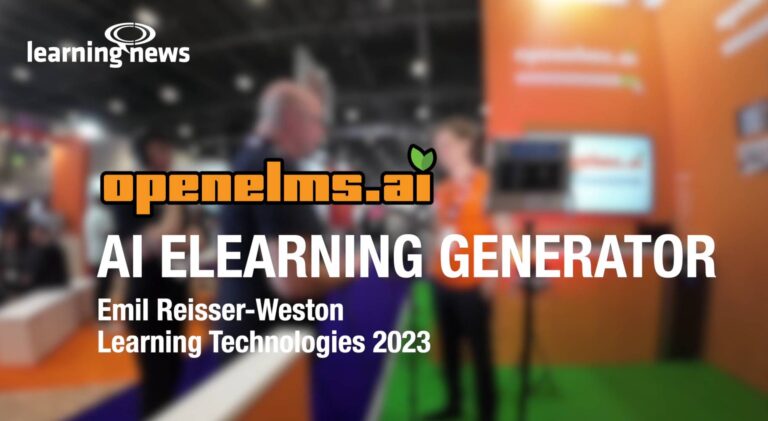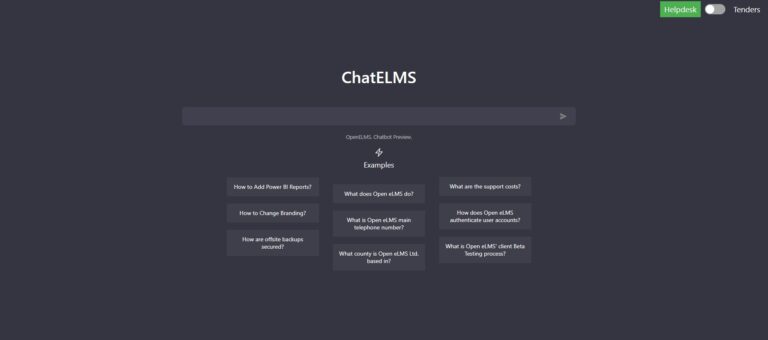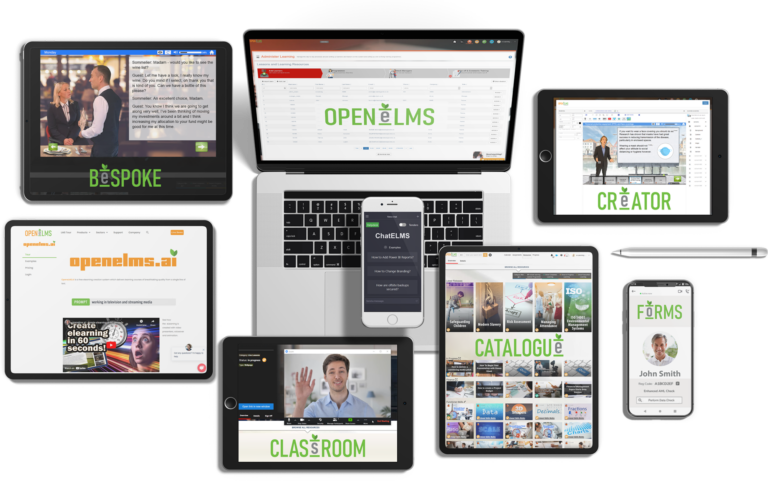
From Text Prompt to eLearning Magic
Hello all! Today, I want to talk about something that might sound straight out of a sci-fi movie: using AI to turn text prompts into fully-fledged eLearning content. That’s right – we’re talking about harnessing the power of artificial intelligence to transform a simple idea into a comprehensive learning experience. Intrigued? Let’s dive in! Open eLMS AI is a solution









